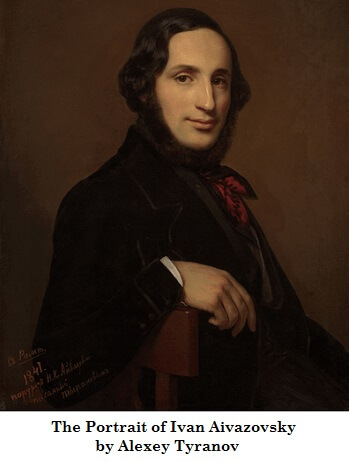Activity 1: Can You Find It?
During the week, study the painting and find the following:
- Ship
- Rowboat
- Sailors
- Water
- Harbor
- Clouds
- Moon
- Sails
- Masts
- Smoke
- Fire
Activity 2: Narrate the Painting
- After studying the painting, narrate the scene shown in the painting aloud using your own words.
Activity 3: Complete Vocabulary Activities
- While studying the vocabulary words, point them out in the painting.
- Define each of the vocabulary words in your own words.
Activity 4: Color the Artist

- Click the crayon above, and complete page 22 of 'First Grade Art History Coloring Book.'
Activity 5: Color the Painting

- Click the crayon above, and complete page 23 of 'First Grade Art History Coloring Book.'



